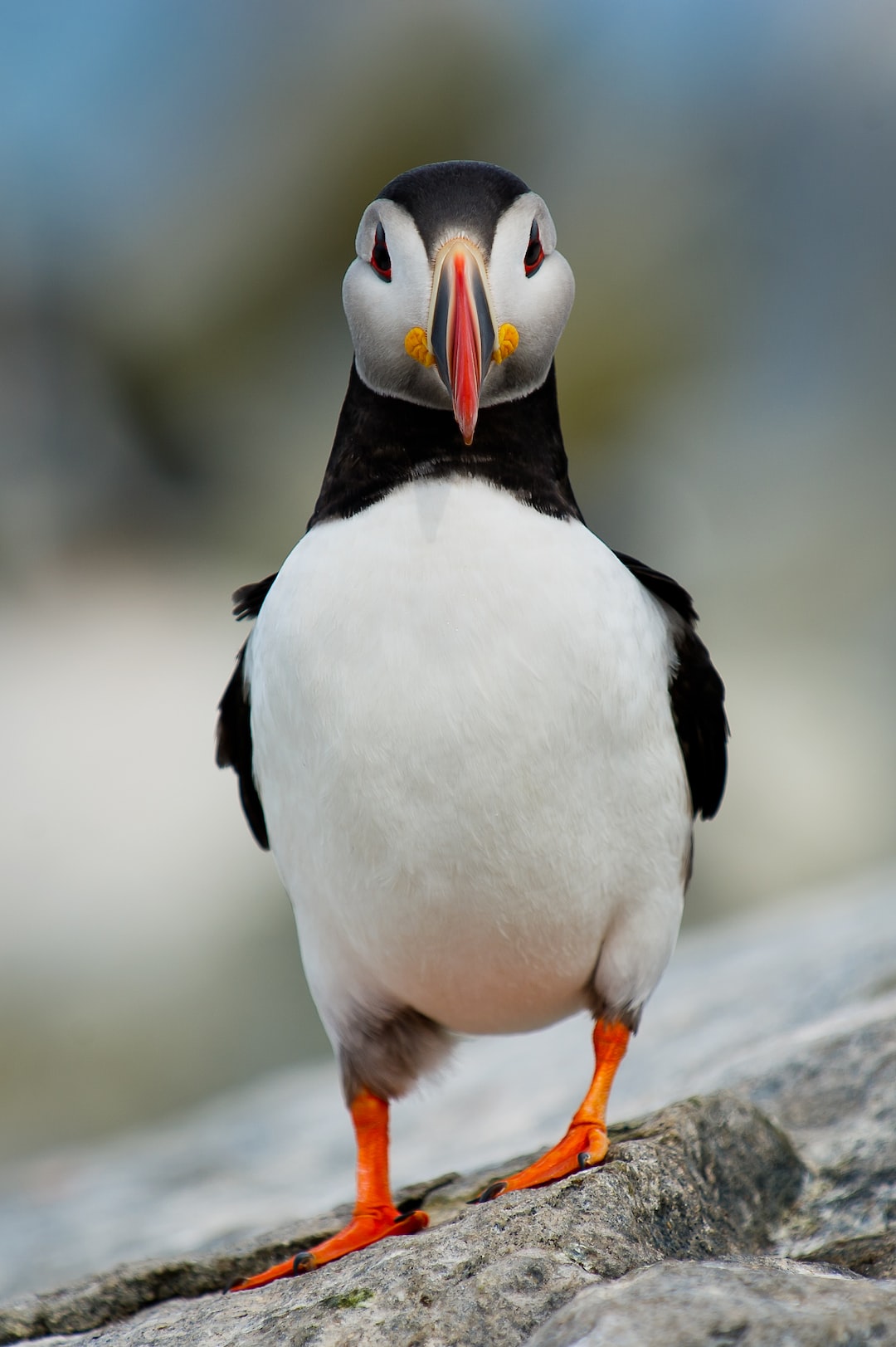The Curious Case of Animal Migration: Unraveling the Mystery
Migration, the seasonal movement of animals from one region to another, has long been a captivating phenomenon. It is a captivating display of determination and adaptability as creatures traverse vast distances in search of food, breeding grounds, or more favorable climates. The sight of birds flying in a perfect V-formation or sea turtles returning to their birthplace to lay eggs is awe-inspiring. However, the reasons behind such migrations and the mechanisms involved have puzzled scientists for centuries.
The migration patterns exhibited by animals are incredibly diverse and can vary greatly depending on the species. Some journeys are short, like the movement of ladybugs to warmer climates during the winter months, while others can span thousands of miles, such as the annual migration of wildebeests in Africa. The complexity and precision of these journeys raise numerous intriguing questions.
One of the most intriguing enigmas is how these animals navigate such vast distances with remarkable accuracy. It is believed that many migratory species possess an innate ability to sense the Earth’s magnetic field, allowing them to navigate using a built-in compass. For example, birds like homing pigeons use a combination of magnetic and celestial cues to find their way home. They are hypothesized to have tiny magnetic particles in their brains that are influenced by Earth’s magnetic field. This remarkable ability has left scientists in awe, as even humans struggle to navigate without the use of technology.
Another mystery surrounding animal migration lies in the communication between individuals within a species. How do animals know when to undertake these journeys and how do they coordinate their movements? In the case of whales, studies have shown that they emit distinct vocalizations that may serve as signals to group members that it is time to migrate. These calls are believed to contain information about direction, distance, and other crucial details. Similarly, the synchronized movement of thousands of birds in migration suggests some form of communication between individuals, although the specific mechanisms are still under investigation.
The reasons behind animal migration are also varied and intricate. A common driving force is the search for food. For instance, polar bears migrate across vast distances on sea ice to where prey is abundant. Similarly, some shark species migrate long distances to follow seasonal blooms of plankton, their primary food source. Breeding is also a significant factor in many migrations, as animals seek out specific environments or mating grounds. This can be observed in the case of salmon, which migrate from the ocean to their ancestral freshwater rivers to spawn.
Climate change poses a new challenge to these migratory species. As temperatures and habitats shift, animals must adapt their routes and timings to survive. However, the rapid pace of climate change can outpace their ability to adapt, leading to disruptions in the delicate balance of their ecosystems. Understanding how these changes impact migration patterns and behavior is crucial for conservation efforts and the preservation of biodiversity.
The curious case of animal migration continues to unravel before our eyes, with new discoveries shedding light on the complex mechanisms and motivations behind these journeys. From magnetic sensing to vocal communication, animals possess innate abilities and strategies that enable them to navigate vast distances and overcome incredible obstacles. Yet, there is still much to learn about the intricacies of migration and the impacts of human activities on these remarkable natural phenomena. By delving deeper into this mysterious phenomenon, we can unlock valuable insights into the natural world and inspire greater efforts to protect and conserve these awe-inspiring migratory species.

